Name 2 things organisms need to survive (not including food and water)?
Food, water, shelter, reproduction, safety from predators
True or False: An adaptive trait is a trait that DOES NOT help an organism survive in its environment.
FALSE - we KNOW that adaptive traits are what HELP animals survive! (-;
True or False: Mouths can tell us what an animal may need to eat to survive?
TRUE - Scientists can look at an animal's teeth, tongue, or mouth shape and size to make inferences about what animals eat to survive!
True or False: An environment is the place where you live.
TRUE
True or False: An engineer is a person who "studies things."
FALSE - an engineer is someone who creates designs to solve problems.
Name 3 traits of this grove snail: 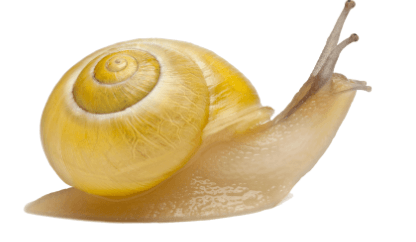
Yellow Shell
No legs, smooth body
Long antennas
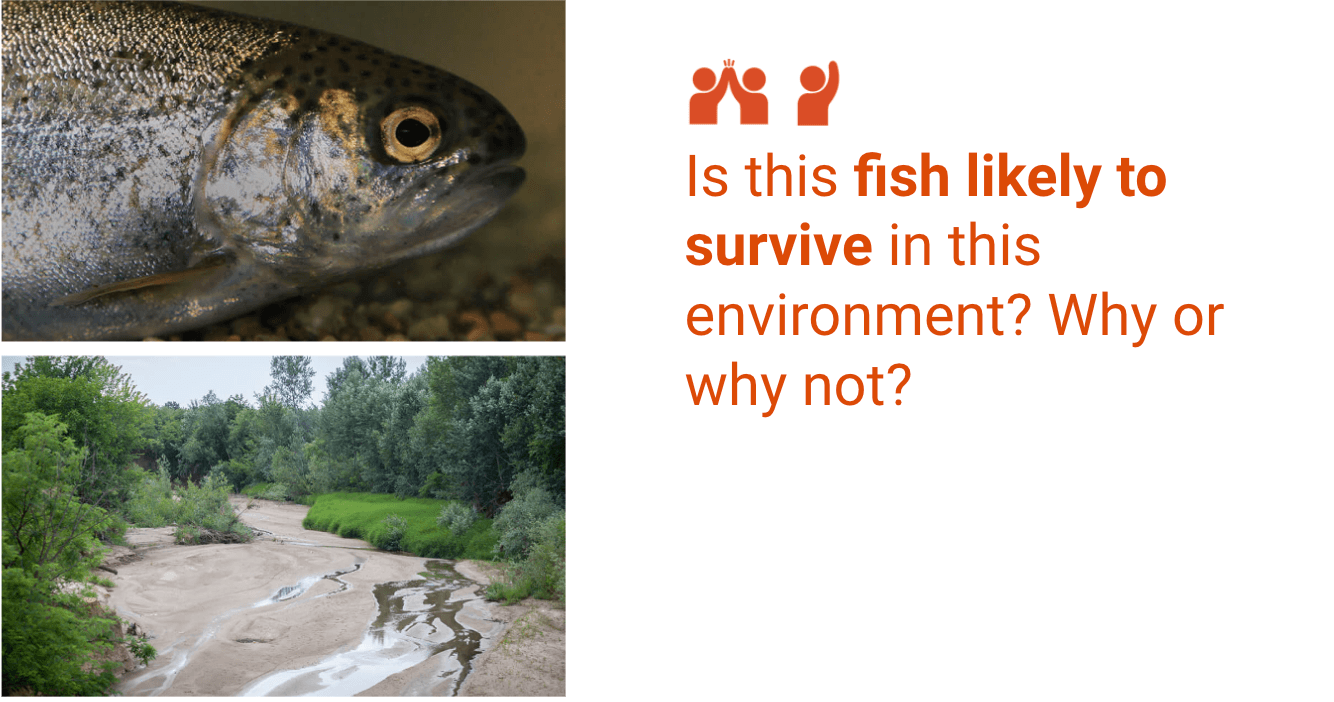
No - the fish is NOT likely to survive because there is no water to help it survive.
Which adaptive trait would help the giraffe eat leaves in high places?
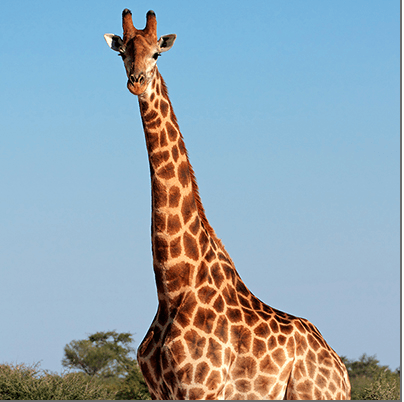
Long tongue and neck!
What type of food do you think a mouth like this would eat?:
A. Insects
B. Fish
C. Other animals
D. Vegetation (plants)
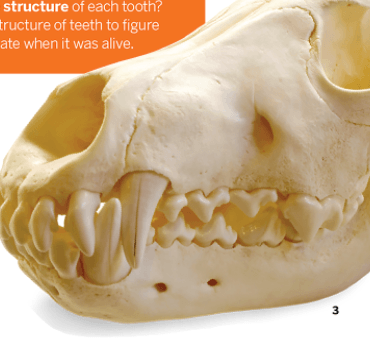
C - Other animals.
This animal has sharp teeth that likely helps it chomp down other animals. It is probably a meat eater.
Here we have a black mouse and a brown mouse. Which mouse has traits that will help it more likely survive in this rocky environment? Why?
The black mouse will survive in this environment because its fur will help it camouflage in the rocks and avoid predators.
A biomimicry engineer is an engineer who creates designs inspired by:
A - planes
B - food
C - animals
D - people
C - animals.
Biomimicry engineers create designs to solve problems by learning about animal adaptations and how they work!
Who is the grove snails biggest predator?
A - Blue Fish
B - Song Thrush
C - Strawberry Jelly
D - Husky Dog
B - Song Thrush 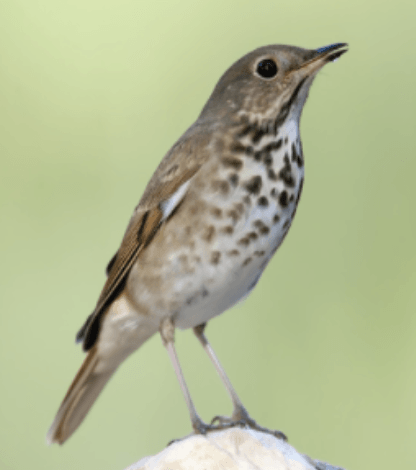

No - because there are more green marbles than red marbles. The green marbles are easier to grab.
What is an adaptive trait of a crab trying to avoid seagulls?
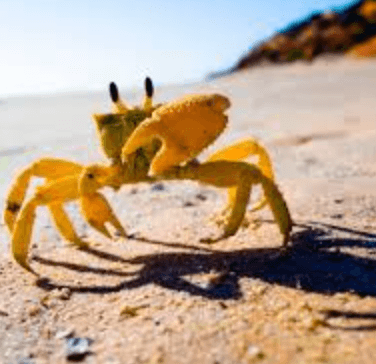
The crabs giant claws!
What do you think a mouth like this could eat? Why?
A - Insects
B - Fish
C - Other animals
D - Vegetation (Plants)
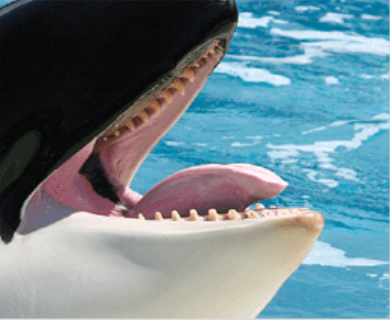
B - Fish.
We know that this animal lives in the water, it has a big mouth and tongue, and lots of medium size teeth in the front and back of its mouth to eat the fish it finds in the ocean.
Deer living in the forest sometimes have hunters as predators. Which of the traits below do you think is most adaptive in helping the deer survive in this wooded environment and avoid predators?
A- Fur
B - Antlers
C - Big Ears
D - Feet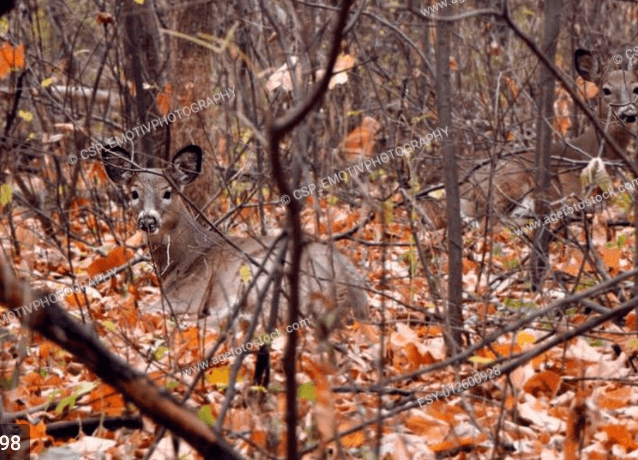
A - Fur.
The deer's brown fur can help him camouflage in the forest with the trees and fall leaves.
This is a robot designed by an engineer. What animal does this robot design remind you of? How do they copy or mimic each other?
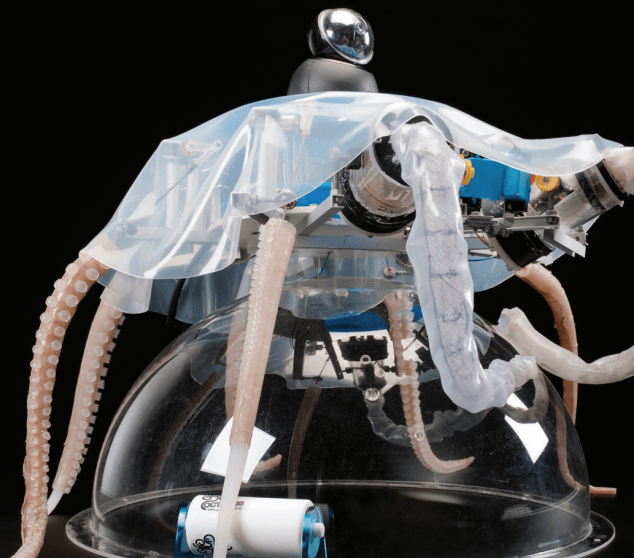
The robot design reminds me of an octopus! An octopus has long, flexible arms with suction cups to help it move on the slippery ocean floor and grab prey.
How can the snails shell be an adaptive trait in different environments?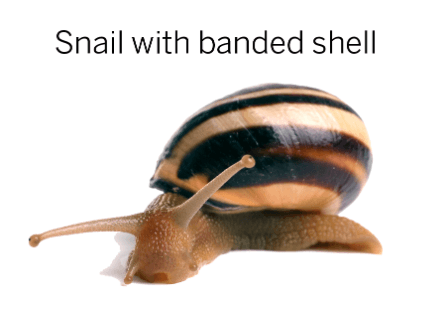
The snails shell can be an adaptive trait by helping it avoid predators by its strength and ability to camouflage in different environments.
In the Savannah, cheetahs hunt antelope as prey for food. Are the antelope more likely or less likely to survive in an environment where there are cheetahs? Why?
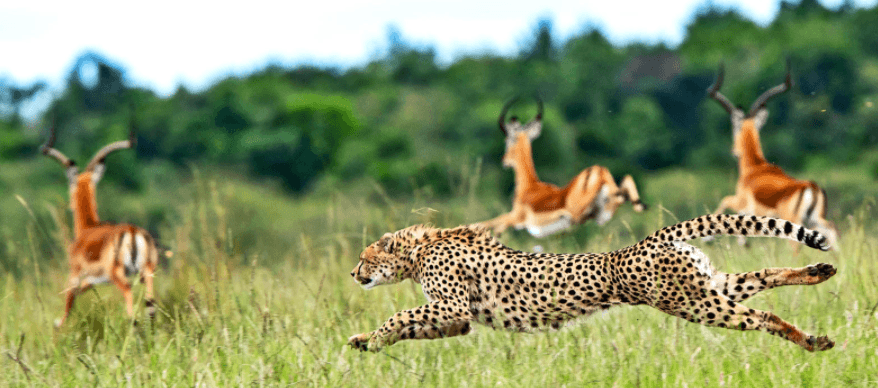
Less likely because the cheetah is a predator to the antelope.
Name ONE adaptive trait from this monkey?
Examples:
Long arms, legs, or tail.
Posable thumbs.
His dark fur which can help him blend into the tree branches.
This pelican has webbed feet and lives near the water. It has large wings and a large mouth, but no teeth. What type of food do you think this mouth could eat?
A - Insects
B - Fish
C - Other animals
D - Vegetation (plants)

B - Fish.
This pelican gets its dinner by swimming in the water, and scooping fish and water in its large beak. The pelican swallows the fish whole!
This Koala Bear needs to live in an environment where there is a lot of vegetation (plants) because he enjoys climbing trees and eating plants. In this picture, do you think the Koala Bear is more likely or less likely to survive in this environment? Why or why not?
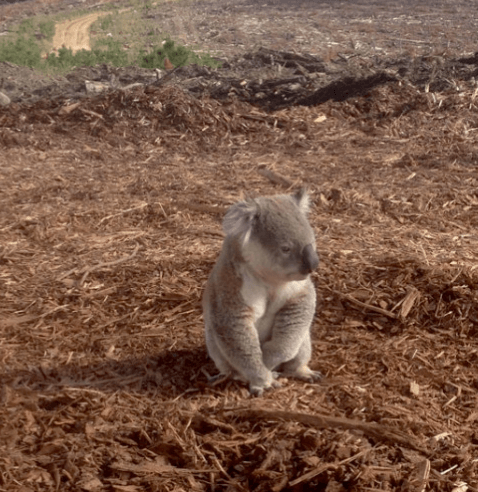
The Koala Bear is LESS likely to survive in the environment pictured because there is no vegetation. He cannot climb trees to hide from predators and he cannot eat plants for food.
How were biomimicry engineers inspired by this fish to create the design the man is wearing? What does it do?

The biomimicry engineers learned that fish scales can protect fish from predators because they overlap. The armor was designed to mimic (or copy) the fish scales so that they could protect the person in war.
Why did the yellow snail survive better 10 years ago?
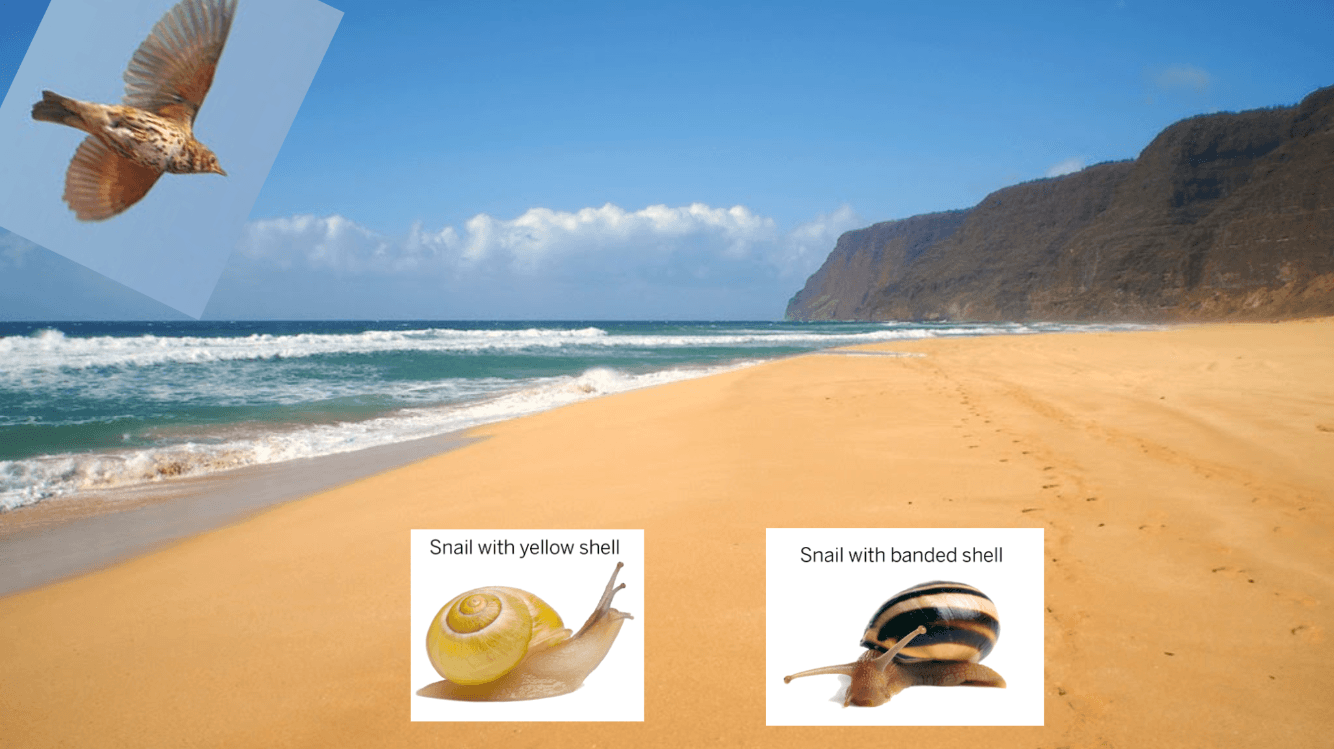
The yellow snail survived better 10 years ago because it lived in a sandy, beach environment where its shell could blend in or camouflage better in the sand. This helped it hide from predators like the Song Thrush.
Why is this worm least likely to survive in this environment?
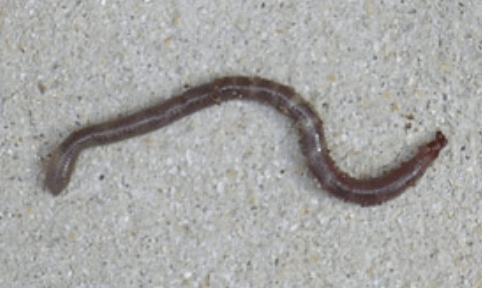
The worm needs the food and coolness that can be found underground, in the dirt to breathe, eat, and move around for survival.
This is a sun bear. He likes to eat honey, bugs, and some small animals. How is his tongue an adaptive trait?
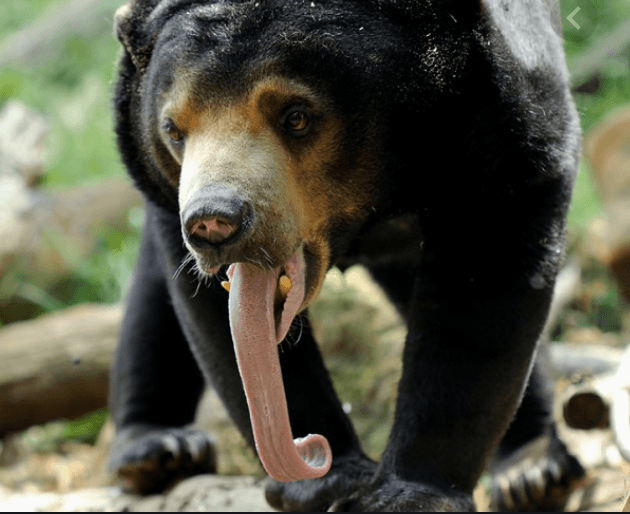
The sun bear's tongue is an adaptive trait because it is long and can help the sun bear get honey and bugs in hard to reach places.
What do you observe about this animal skull? What type of food do you think this animal ate?
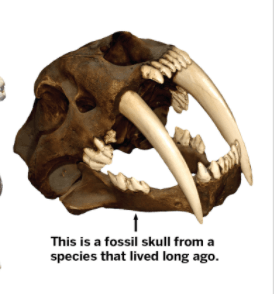
This animal skull has very large, sharp, teeth. It was probably a meat eater that ate other animals.
Here we have a polar bear.
First, what does a polar bear need to survive? (100 points)
Do you think this polar bear's fur is an adaptive or non-adaptive trait in this warm environment? (300 points)
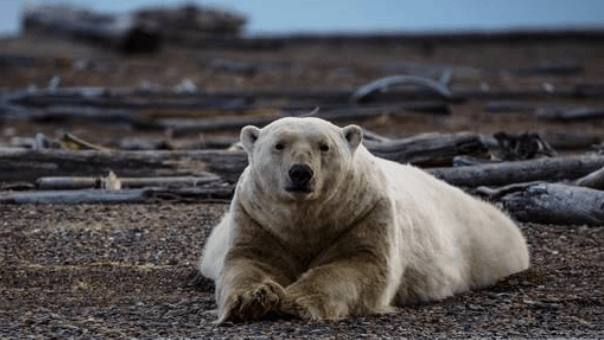
#1 - A polar bear needs food, water, and a cold place to live in order to survive because of its thick fur.
#2 - This polar bear's fur would be a NON-Adaptive trait in a warm environment because it would make him too hot and not keep him cool.
The spikes on a cactus protect it from predators who want to eat it. An engineer wants to create a coat that keeps people from hugging each other during the corona virus pandemic. How could the cactus inspire this design?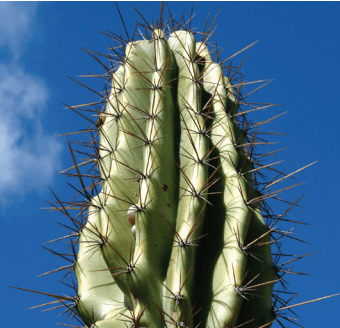
The engineer could design a coat with prickly spikes that will keep people from wanting to hug each other when they wear it.
Why is the banded snail more likely to survive in this environment than the yellow snail?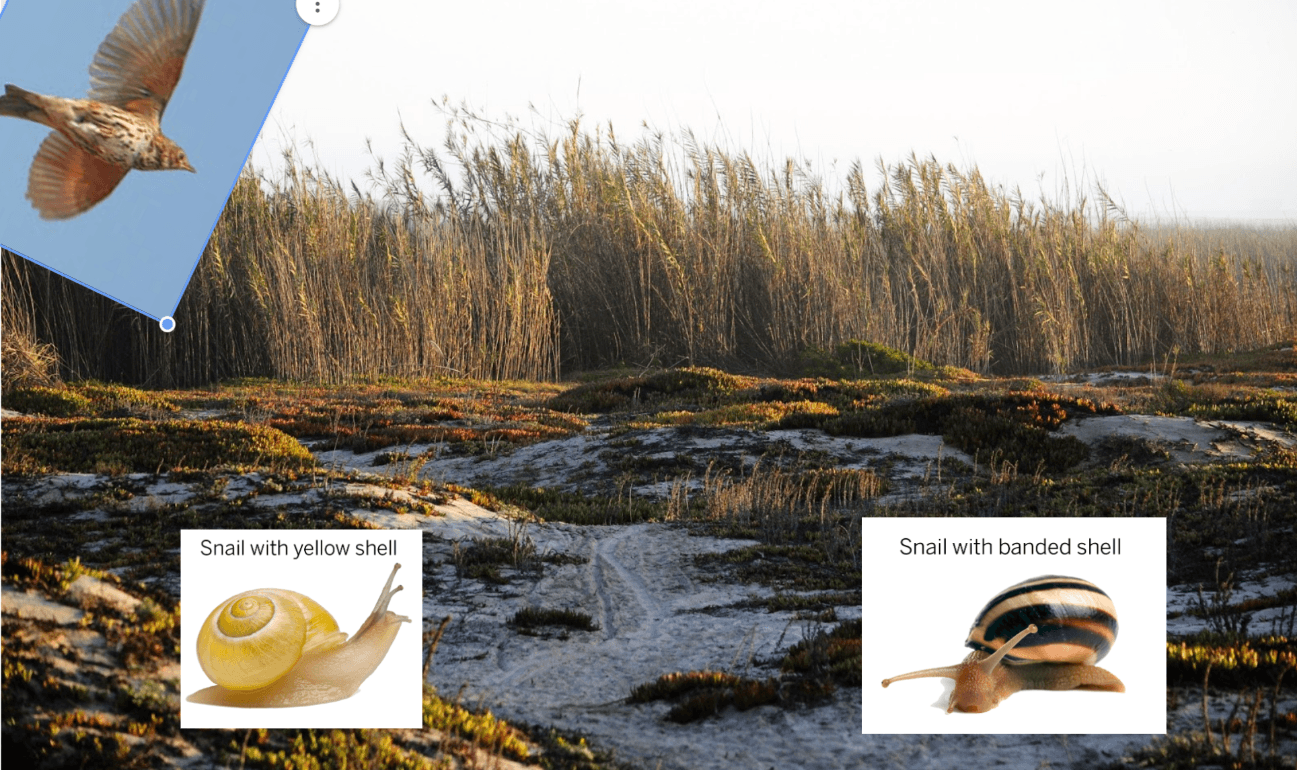
The banded snail is able to camouflage better in this environment than the snail with the yellow shell.